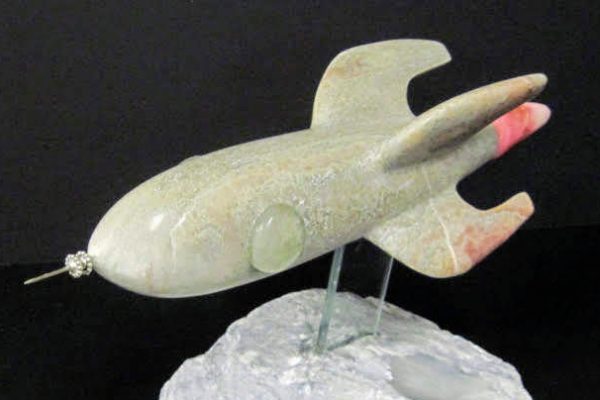
The PCB is not a commodity
Normally I am a pretty mild mannered guy. But if you want to see me really get riled up, then call a printed circuit board a commodity! As I have said a million times a 28 layer blind and buried printed circuit board is not, nor will it ever be a commodity.
I have seen too much of the history-making life of the printed circuit board to ever allow anyone to dare call that technology a commodity.
I have been very fortunate in my career to have a front row seat watching that great adventure that has been printed circuit board technology.
I started my career at Rockwell’s Maine Electronics facility, arguably the most advanced PCB shop in the world in its day. It was my privilege to be there and take part in the development of the printed circuit board. It was literally a classical education in PCB technology.
We worked on the Minuteman program. At one time there were over one thousand of these missiles all of them ready to defend us against the Soviet Union. It kind of makes me laugh when I think that these days we get all excited and politicians get worried about a little dictator who might have a bomb or two. Wow!
I was there when the guys from Motorola came to town to watch us complete and package up their Motorola Viking boards. You know, the ones that went to Mars.
I was there when Andy Yenco, our own engineer and Bob McQuiston from Burroughs BSP were developing a measurement to control this thing called impedance in 1976!
I was there in 1979 when we built the first Amdahl computer board with an amazing 5 mil lines and spacing. 1979!
I was there when we built all of the guidance control boards for this new thing called a Space Shuttle. And then watched it go up and become NASA’s Rockstar.
Later when I was with another company, one called ASI, we were one of two PCB suppliers who were building the guidance system for the nuclear Trident submarine. And I was there when the Navy Admiral came to visit our facility to tell us that our work on that project had contributed greatly to the collapse of the Berlin Wall and the Soviet Union.
I was there when we built boards out of LMR Kevlar because we needed to control the coefficient of thermal materials. Those boards went into the Tomahawks that we watched destroy Baghdad with unbelievable pin-point accuracy.
I was there when we developed and built the boards for the Martin Marietta Lantirn super navigation system. A system so fine and accurate that it could discern the date on a dime from three miles in the sky.
I was there when we built the boards for the first IBM PC’s
I was there when the first boards for that Cupertino fruit company were built. By the way, their first “computer” was actually a PCB in a box.
I worked with a large American company (Photocircuits) that was literally building every single circuit board in every Chrysler automobile.
I was there when the first mobile phones were being built, who could see how that was going to change everything?
I worked with the company that made microcircuits so small that they are swallowed for human internal diagnostics.
And today I have the distinct privilege of working with at least two companies who are building boards that guide rockets into space and back, SpaceX and Blue Horizon.
And other companies building boards for autonomous vehicles, unmanned drones, satellites that help farmers with their crops, and world-wide internet services.
I can go on and on but one thing I am certain of, none of these things, not one of these world changing history making innovations and inventions would have ever been possible without the printed circuit board.
Take a look around you. PCBs are everywhere. Remember that company that was building every PCB for every Chrysler automobile? Do you know how many boards per car that was back then? Sixteen, just sixteen. How many do you think there are now in our modern cars, never mind the computer power in each new autonomous vehicle?
How about your own house? Try counting the PCBs in your house. Think about It, there are now hundreds of PCBs in your own home.
How about your Doctor’s office? Your Dentists’ office? The hospitals. Those places are loaded with equipment loaded with PCBs
Speaking of hospitals, more recently our own PCBs had a great deal to do with saving lives throughout this pandemic. There are PCBs in those ventilators, not to mention those monitors, and those medicine distribution systems. and yes, even in the hospital bed itself.
When my own wife had cancer a few years back it was a neat little machine called a Davinci that made the operation to remove the cancer so much easier on her, that she was home six hours later. And yes, I know the people who built the PCBs that were in that life saving device, thanks Summit-Streamline circuits.
So, I think you get my point. The printed circuit board is not a commodity, and our PCB technology is literally that backbone of all electronics. Without a PCB the most advanced microchip in the world would just, well fall to the floor. It’s only common sense.
